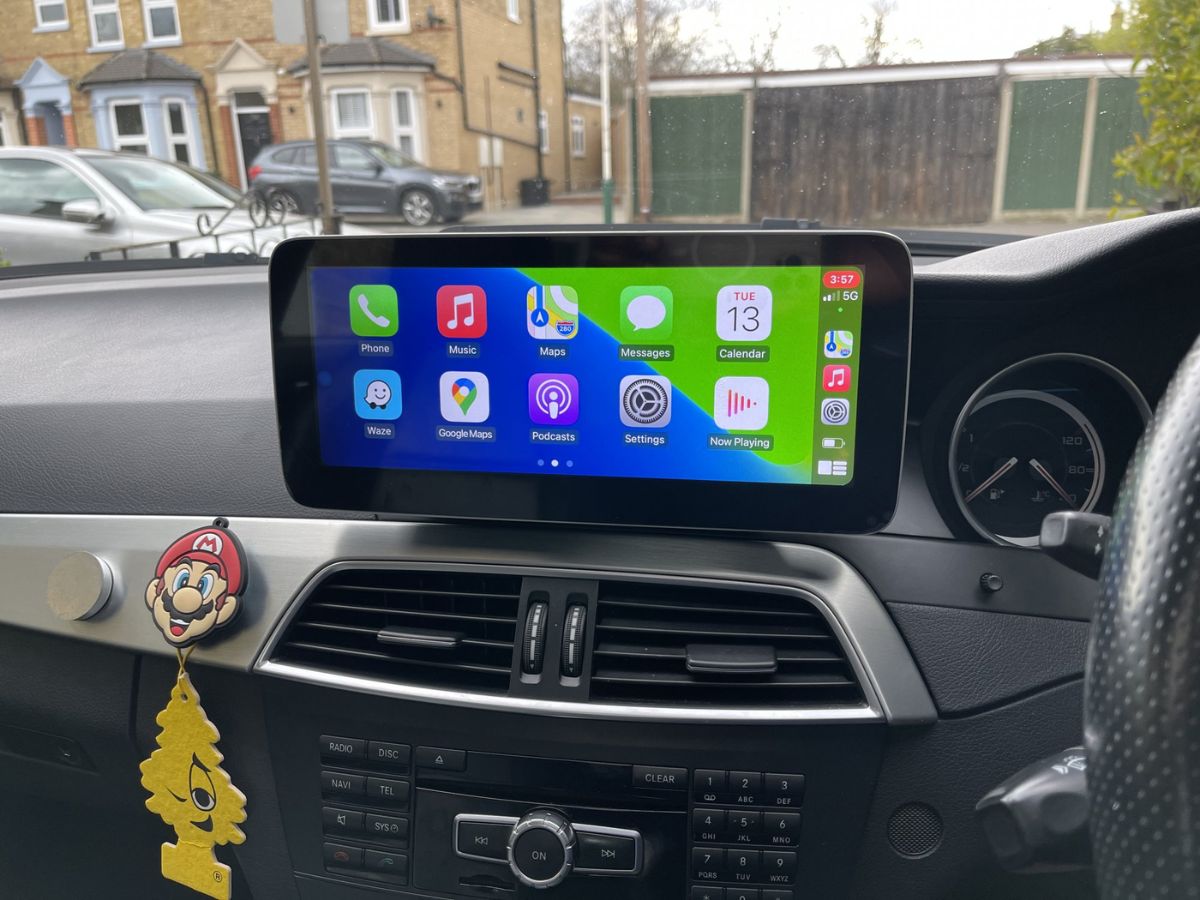
Introduction
In recent years, the integration of smartphones and tablets into daily life has become increasingly seamless. One significant advancement is the introduction of Apple CarPlay and Android Auto, allowing users to connect their devices to vehicles. While Android Auto has been a staple for many Android users, Apple CarPlay has gained traction among those invested in the Apple ecosystem. However, the question remains: how can you use CarPlay on an Android tablet without a dongle?
Understanding CarPlay on Android Tablets
Before diving into the steps, it's essential to understand what CarPlay is and how it works on Android tablets. Apple CarPlay allows control of an iPhone from a car's infotainment system, integrating various functions like navigation, music, and messaging into a simplified interface designed for safe driving.
Since CarPlay is an Apple-exclusive feature, it is not natively supported on Android devices. This means that if you have an Android tablet and want to use CarPlay, you'll need to find alternative methods or workarounds.
What You Need and Device Compatibility
To use CarPlay on an Android tablet without a dongle, you'll need a few specific components:
- Android Tablet: Any recent model should work, but ensure compatibility with the latest software updates.
- Third-Party Apps: Several third-party apps mimic the functionality of CarPlay.
- Vehicle Compatibility: Your vehicle's infotainment system must support Android Auto or have an open API for customization.
- USB OTG Adapter: While not strictly necessary, having a USB OTG (On-The-Go) adapter can be helpful for connecting your tablet to your vehicle's USB port.
Steps to Use CarPlay on Android Tablet Without Dongle
Step 1: Choose Your Third-Party App
Several third-party apps can mimic CarPlay on an Android tablet. Some popular options include:
- Carpal: Designed specifically for Android devices, offering features like navigation, music control, and messaging.
- AutoMate: Provides a comprehensive interface for managing your vehicle's infotainment system.
- Smart Launcher: Not exclusively a CarPlay app, but offers customizable home screens that can mimic CarPlay's look and feel.
Step 2: Download and Install the App
Once you've chosen your preferred app, download and install it from the Google Play Store. Read reviews and check compatibility with your device before making a purchase.
Step 3: Set Up Your App
After installation, open the app and follow the setup instructions provided. This typically involves granting necessary permissions and configuring any additional settings required by the app.
Step 4: Connect Your Tablet to Your Vehicle
To connect your tablet to your vehicle's infotainment system, use a USB OTG adapter if your vehicle doesn't have a USB-C port directly available. Plug one end of the adapter into your tablet's USB port and the other end into your vehicle's USB port.
Step 5: Launch the App
Once connected, launch the third-party app you've chosen. The app should automatically detect your vehicle's infotainment system and begin to integrate with it.
Step 6: Customize Your Interface
Most third-party apps allow for customization of the interface to better match what you'd expect from CarPlay. This might include rearranging icons, changing layouts, or adding widgets for specific functions like navigation or music control.
Step 7: Test Your Setup
After setting up everything, test your setup by using various features of the app. This includes navigating through menus, playing music, sending messages, and checking notifications—all while ensuring that everything is working smoothly and safely.
Additional Tips for Seamless Integration
- Ensure Compatibility: Always check compatibility with both your tablet and vehicle before making any purchases or installations.
- Update Software Regularly: Regularly update both your tablet's operating system and any third-party apps you're using to ensure they remain compatible with new software updates.
- Use High-Quality Cables: Invest in high-quality cables or adapters to avoid any connectivity issues that could disrupt your experience.
- Customize Your Home Screen: Tailor your home screen to mimic CarPlay's layout by adding widgets or customizing icons to make it easier to navigate while driving.
Using CarPlay on an Android tablet without a dongle requires some extra effort compared to using it on an iPhone, but it is possible with the right tools and setup. By choosing the right third-party app, following these steps carefully, and ensuring compatibility with both your device and vehicle, you can enjoy many of the same benefits that CarPlay offers on an Android tablet.
